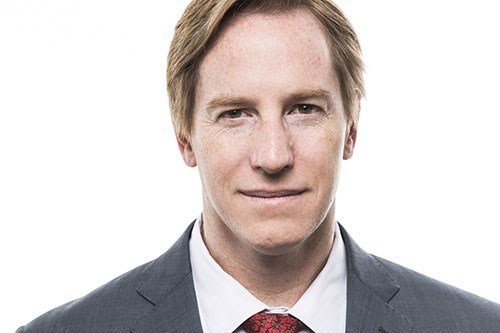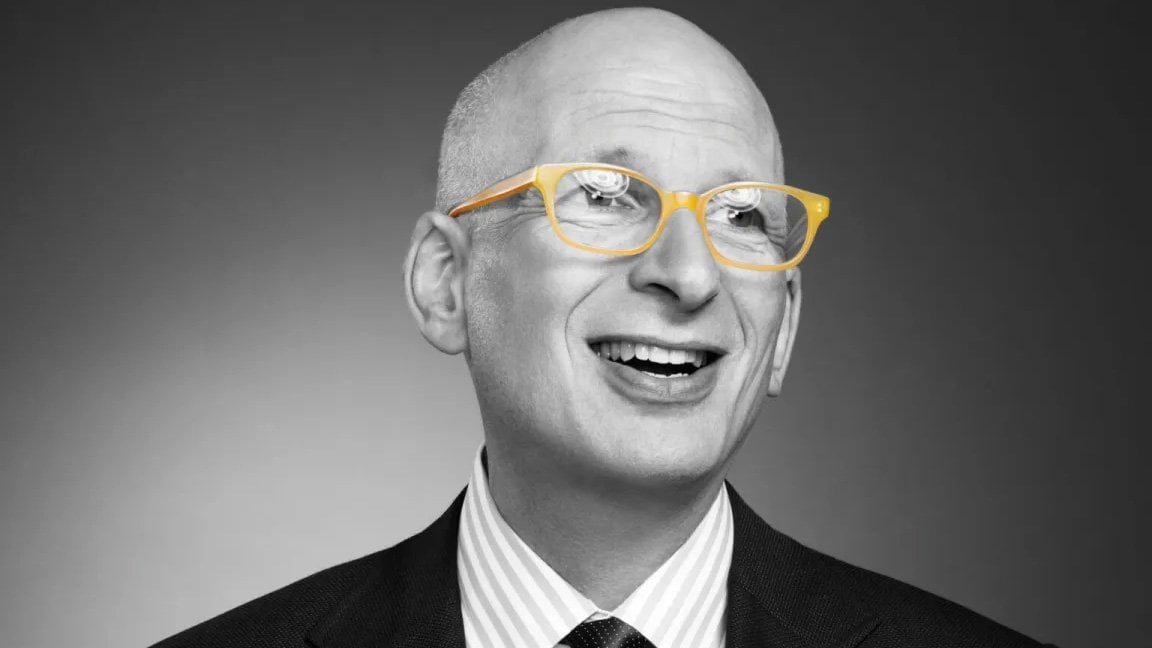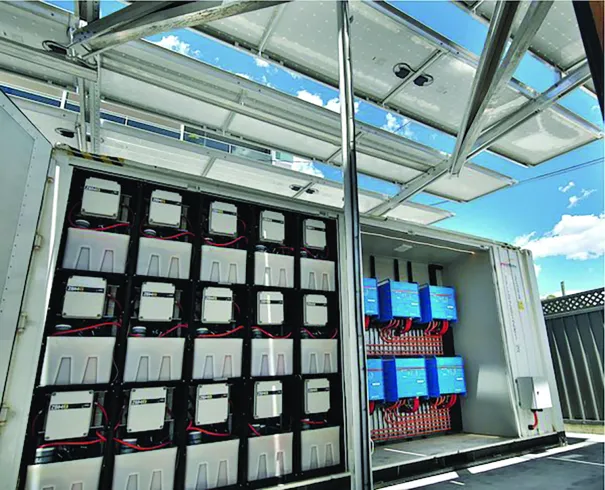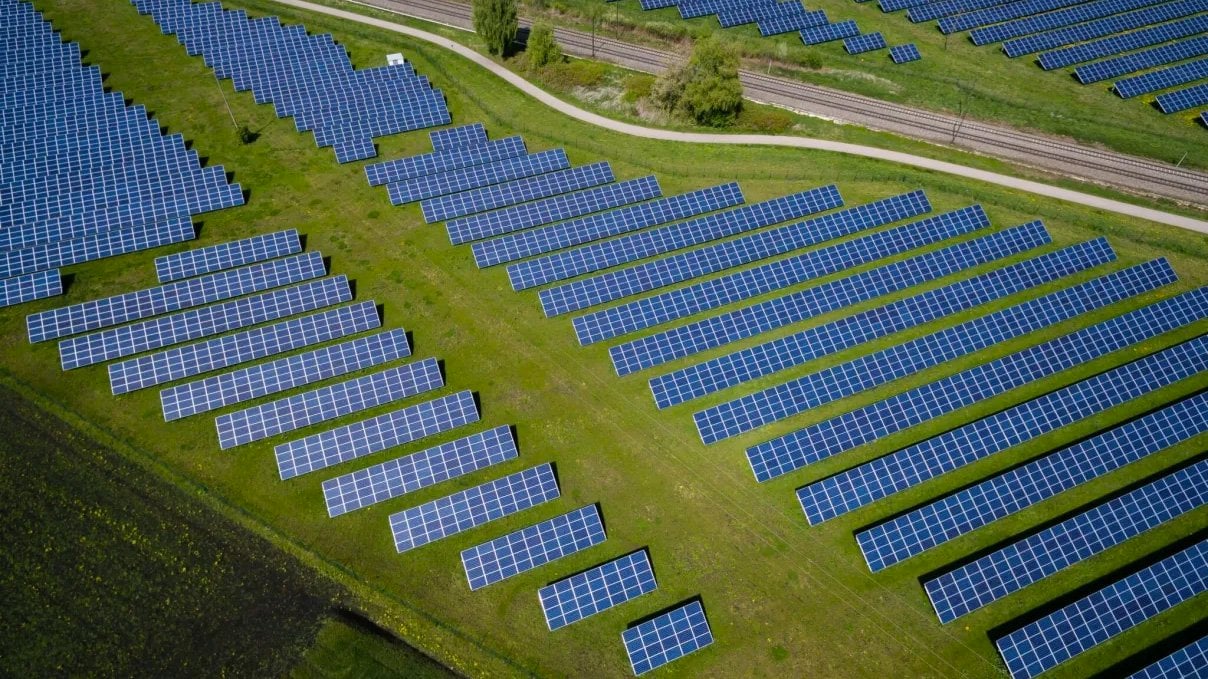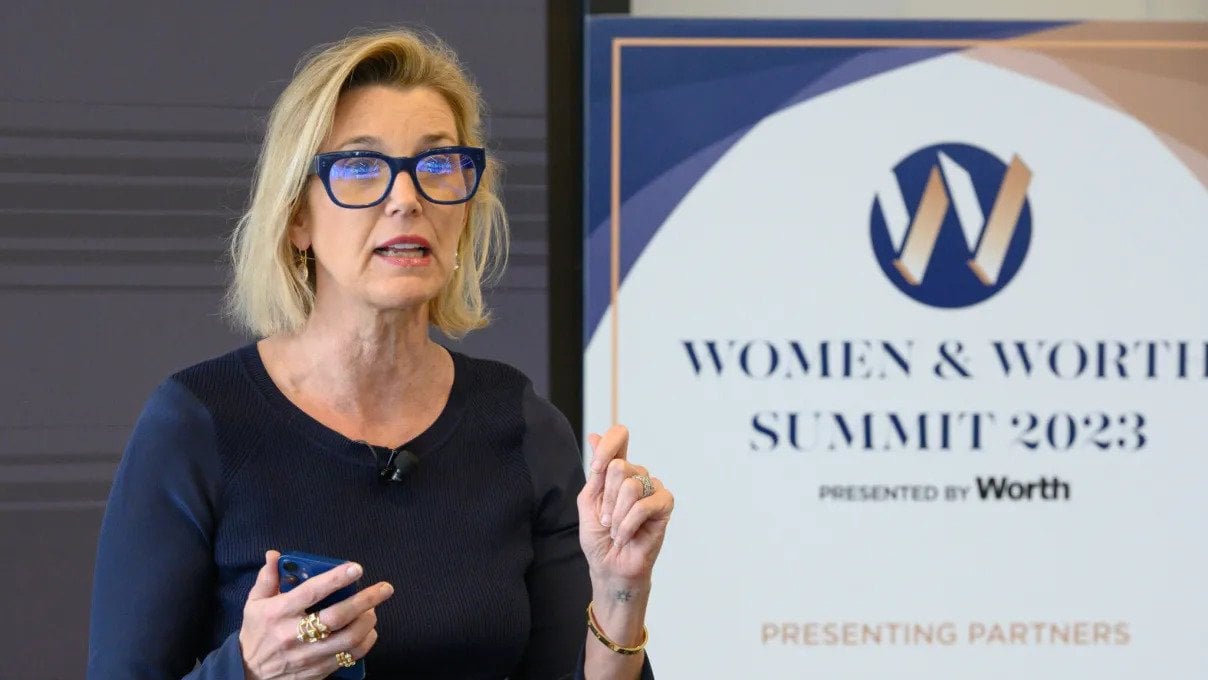June 7&8th, join Worth in Charleston for Worth Cities: Innovation and the Rising City. The conference will offer a diverse range of panel discussions, keynote speeches, and networking opportunities for attendees, as well as opportunities to experience Charleston’s renowned culture and cuisine. We will explore innovations, best practices, emerging trends, and new leadership from cities around the United States. To discover our speakers, full agenda, or register click here.
During my second ride in one of Waymo’s autonomous-driving cars, there is a moment where I catch my breath and tense up. Waymo’s driverless car turns left at an intersection on a two-way, four-lane street in downtown Phoenix. The steering wheel starts rotating by itself. As the car accelerates into the intersection, I hear the whir of the Jaguar I-Pace electric SUV that Waymo has modified with autonomous technology. At the same time, I see a pick-up truck coming from the opposite direction bearing down on us, aiming at the passenger door next to me. That is when a pedestrian steps off the curb and starts walking across the street we must turn into to avoid being pancaked by the oncoming truck.

It all takes maybe a second or so, yet in that time, I can’t help but wonder: Are we going to kill this woman? The Waymo, however, handles it perfectly. The car pauses to let the woman cross the street, then accelerates quickly but smoothly through the intersection.
In 2016, Google renamed itself Alphabet and spun off the newly named Waymo—an acronym for “way forward in mobility”—as an independent subsidiary, ultimately funded by some five billion dollars in private investment. That same year, with the fervent support of Republican governor Doug Ducey, Waymo came to Phoenix.
Because of Ducey’s desire to attract Silicon Valley investment, jobs, and technology, Arizona was an early state to legalize ride sharing. Ducey wanted Waymo to make Phoenix its safe haven. “Over the past two years,” the New York Times reported in November, 2017, “Arizona has deliberately cultivated a rules-free environment for driverless cars, unlike dozens of other states that have enacted autonomous vehicle regulations over safety, taxes, and insurance. …The payoff for Arizona has been a tech boom.”

“When I see a Waymo gliding down the street, turning its own wheel, I think, ‘The future is Phoenix,’” Phoenix mayor Kate Gallego says now. To stay economically competitive with other cities and states, “deploying new technology is something we must do, and we pride ourselves on that. The technology of tomorrow is tested in Phoenix today.”
It’s now been about five years since Waymo has let members of the public ride in its cars, and the results are remarkable. Waymo has racked up over 1,000,000 miles of driving on public roads without a single “vulnerable road user contact,” says Waymo’s Amanda Ventura. (“Vulnerable road user contact” is Waymo-speak for hitting a pedestrian, a cyclist, a motorcyclist, a dog, a deer—anything living, basically.) The technology is also being deployed with Waymo One in San Francisco, and on trucks traveling between Phoenix and Tucson, as well as between Houston and Dallas, Texas. (Highways pose fewer challenges for Waymo technology than city-driving, Ventura tells me—there are fewer scenarios for the technology to anticipate.)
Autonomous cars will change the world in ways we can’t anticipate. And that future will unfold in Phoenix, first.


